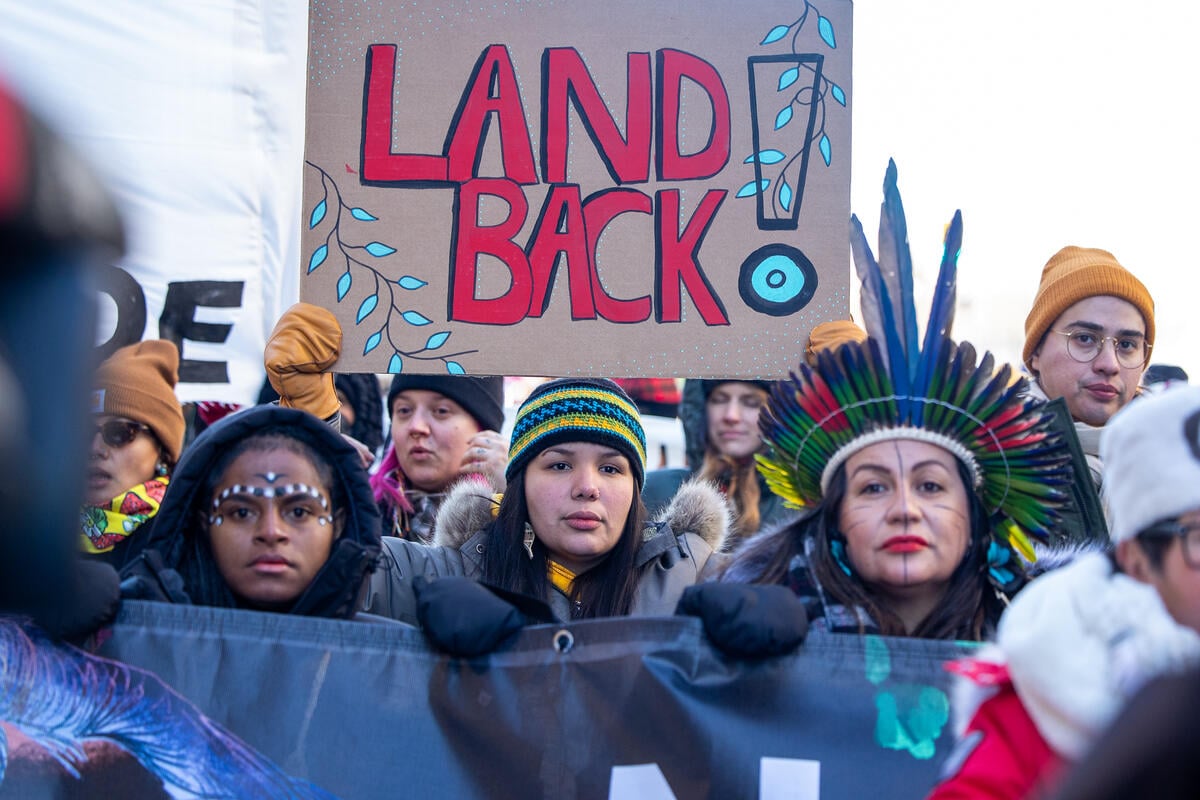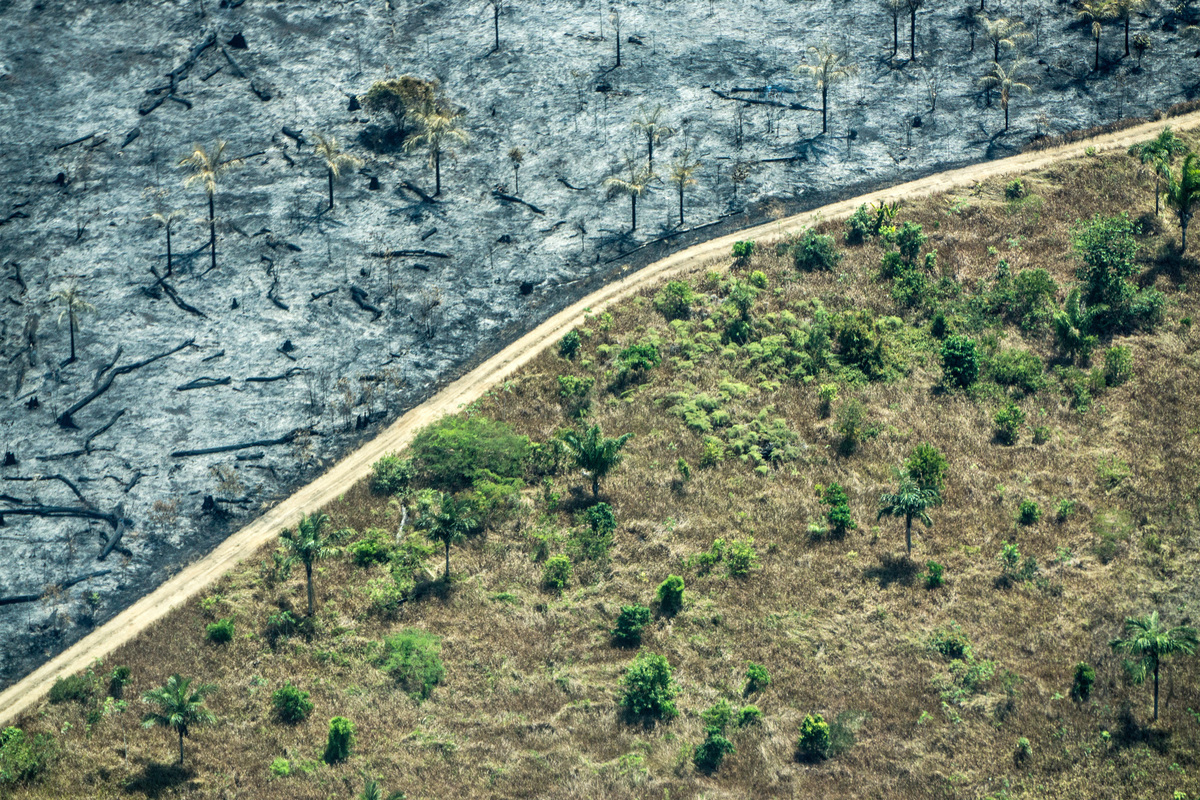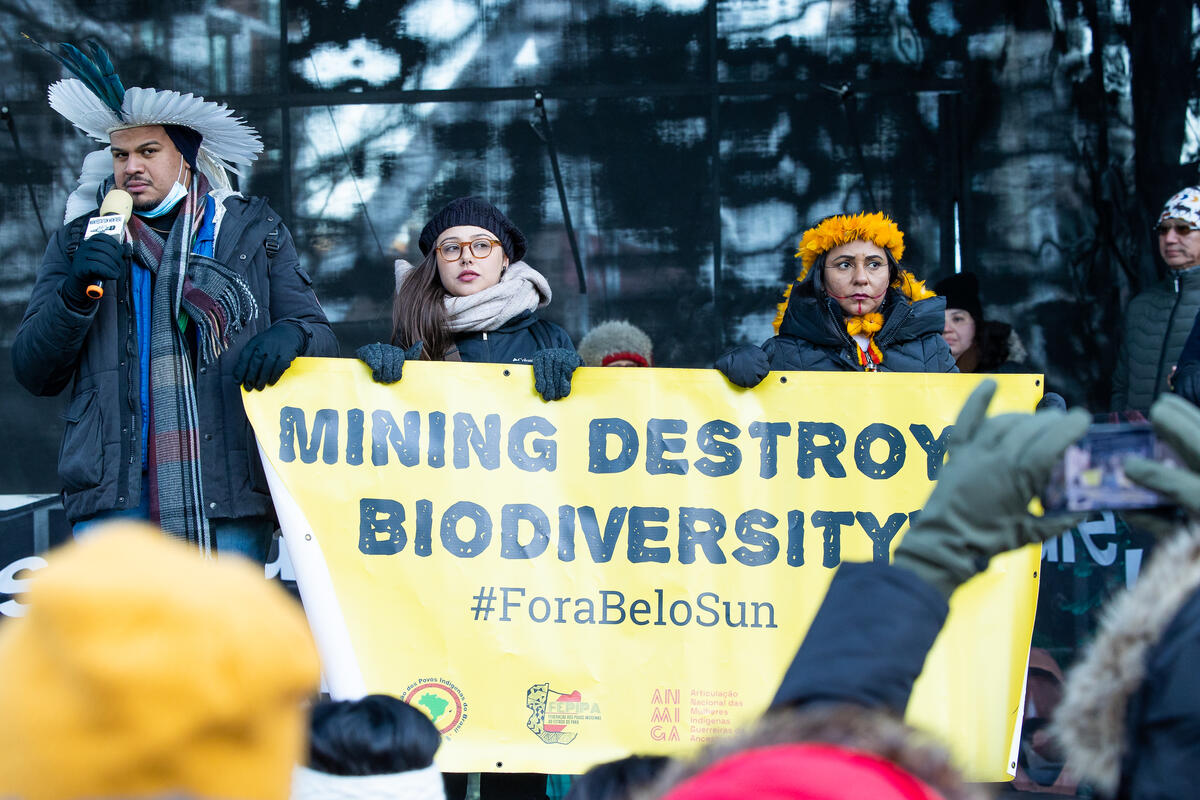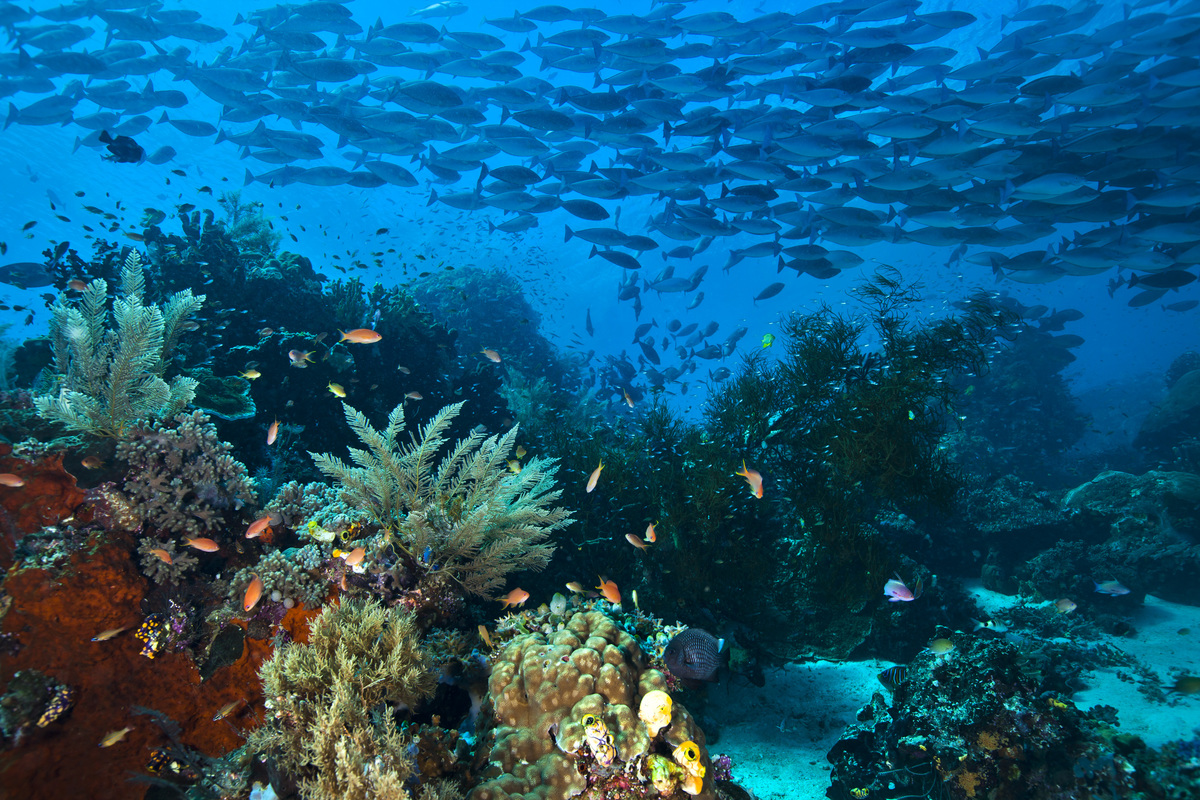There is a lot of work to do at the upcoming UN Convention on Biological Diversity (CBD) COP16, which will take place in Cali, Colombia from 21 October to 1 November.
This will be the first round of global biodiversity talks since 196 governments reached a historic agreement in 2022 for a global biodiversity framework to halt and reverse the loss of biodiversity that is driving mass extinctions.
Here’s Greenpeace’s demands for a successful outcome at UN biodiversity COP16:
1 – $20 billion USD by 2025 to fund global biodiversity protection (rich Global North governments, we’re looking at you)
In 2022, governments agreed to provide at least $20 billion USD per year by 2025 to finance global biodiversity protection, the looming target of the global biodiversity framework and the first test of committed countries to turn their promises into action.
But governments are not paying up as promised: a recent report found out of 28 countries, 23 had paid less than half their pledged amount, leaving a $11.6 billion USD gap to meet the 2025 pledge.
The 2022 agreement, which established the critical target of protecting at least 30% of the world’s land and seas by 2030, hinges upon the provision of agreed upon finances to set up those protected areas.
Read more about the need to deliver $20 billion USD by 2025 (and how it must include direct access to finance for Indigenous Peoples and local communities)
2 – Direct access to finance for Indigenous Peoples and local communities
 On December 10th, hundreds of Quebec and international civil society organizations led by Indigenous delegations sent a powerful signal to countries that are currently gathered in Montreal for COP15 to negotiate the next Global Biodiversity Framework. © Greenpeace / Toma Iczkovits
On December 10th, hundreds of Quebec and international civil society organizations led by Indigenous delegations sent a powerful signal to countries that are currently gathered in Montreal for COP15 to negotiate the next Global Biodiversity Framework. © Greenpeace / Toma IczkovitsIndigenous Peoples and local communities are often the most effective biodiversity protectors in the world. To succeed in implementing the global biodiversity framework, governments must agree to adequate, timely and directly accessible funding for Indigenous Peoples and local communities, unfettered by intervention from national or regional governments. Additionally, any decisions adopted at COP16 must ensure respect for the rights, roles, and areas of Indigenous Peoples and local communities, at sea or in coastal areas as well as on land.
3 – A plan from governments to link climate and biodiversity action ambition
Science is very clear that the climate and biodiversity crises cannot be tackled separately. When ecosystems are destroyed, the carbon that is stored within them is released into the atmosphere and as climate change worsens, we lose more biodiversity to heat, drought, and fire.
 Forest area invaded by forest fires and pasture, in Rondônia state, next to the capital Porto Velho. In August 2016, Greenpeace flew over the Amazon to search for and register forest fires spots. This year’s forest fire season is already being considered one of the worst ever. © Rogério Assis / Greenpeace
Forest area invaded by forest fires and pasture, in Rondônia state, next to the capital Porto Velho. In August 2016, Greenpeace flew over the Amazon to search for and register forest fires spots. This year’s forest fire season is already being considered one of the worst ever. © Rogério Assis / GreenpeaceBut in 2024, as governments send delegations to both the UN biodiversity COP16 in October and then the UN climate COP29 in November, there are not enough examples of governments addressing these crises together in their action plans for the two conventions.
At CBD COP16, governments must call for the protection of high integrity, carbon-dense ecosystems: a joint work program between the biodiversity and climate Conventions can go a long way to further this agenda.
Read more about the need for a joint work program between climate and biodiversity COPs
4 – Increase in ambition and implementation of national-level contributions to the global biodiversity framework
The Kunming-Montreal Global Biodiversity Framework, adopted at the previous UN Biodiversity COP15 – also referred to as the “Biodiversity Plan” – is the landmark deal with real potential to stop and reverse biodiversity loss.
But words are only as good as actions.
 On December 10th, hundreds of Quebec and international civil society organizations led by Indigenous delegations sent a powerful signal to countries that are currently gathered in Montreal for COP15 to negotiate the next Global Biodiversity Framework. © Greenpeace / Toma Iczkovits
On December 10th, hundreds of Quebec and international civil society organizations led by Indigenous delegations sent a powerful signal to countries that are currently gathered in Montreal for COP15 to negotiate the next Global Biodiversity Framework. © Greenpeace / Toma IczkovitsBy agreeing to the deal, governments also agreed to submit updated or revised national-level plans to protect biodiversity in advance of COP16, also known as National Biodiversity Strategy and Action Plans (NBSAPs).
Greenpeace is tracking closely whether or not governments are acting on their pledged commitments.
5 – Agreement on how to amend the network of ecologically or biologically significant marine areas
More than half the world is oceans. And much of biodiversity is ocean life. It’s no surprise there are close links between progress at the UN biodiversity COP16 and the Global Oceans Treaty.
At COP16, governments need to agree on a proposal that allows them to modify, add and remove “ecologically or biologically significant marine areas”. This is critical in establishing Marine Protected Areas or other protection zones in the oceans.
 A coral reef in Raja Ampat, Papua, Indonesia. Greenpeace is in Indonesia to document one of the world’s most biodiverse – and threatened – environments and to call for urgent action to ensure that the country’s oceans and forests are protected. © Paul Hilton / Greenpeace
A coral reef in Raja Ampat, Papua, Indonesia. Greenpeace is in Indonesia to document one of the world’s most biodiverse – and threatened – environments and to call for urgent action to ensure that the country’s oceans and forests are protected. © Paul Hilton / GreenpeaceWhile the Global Oceans Treaty is in the process of being ratified, COP16 will be an opportunity to platform the Global Oceans Treaty and urge more countries to ratify it.
Read more about key oceans topics at COP16
The UN Biodiversity COP16 will be a make-or-break moment for nature protection. The time to act is now.
August Rick is International Communications Officer for Greenpeace East Asia.

 1 month ago
45
1 month ago
45

